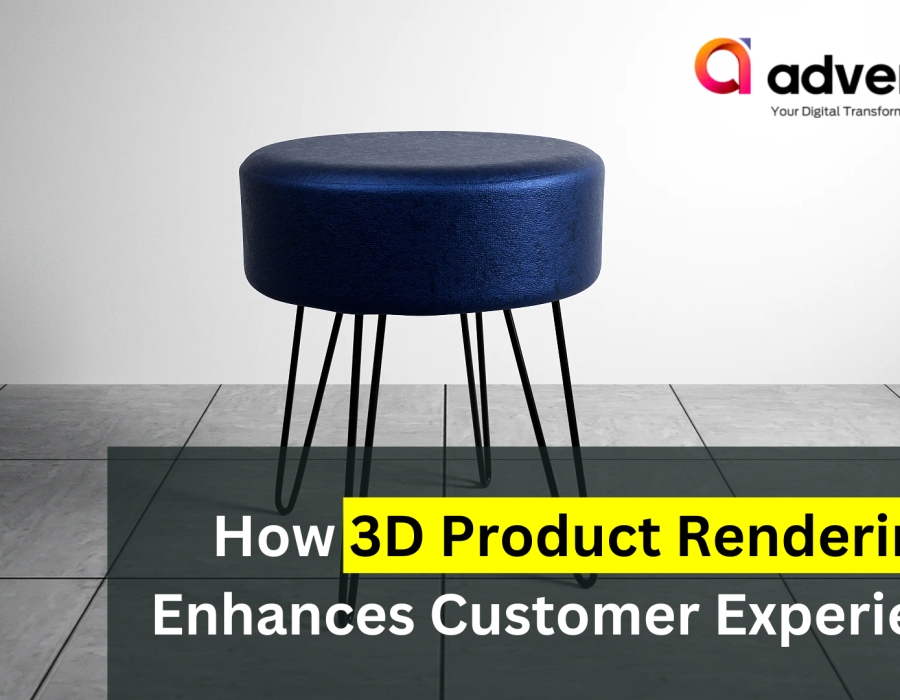In the ever-evolving landscape of digital marketing, businesses are continuously seeking innovative ways to engage customers and enhance their overall experience. One such groundbreaking technique that has gained immense popularity is 3D product rendering. This technology transforms static images into dynamic, interactive visual experiences, offering customers a more realistic and immersive view of products.
In this article, we will explore how 3D product rendering enhances customer experience and why it has become a vital tool for modern marketers.
1. Realistic Visualization
One of the most significant advantages of 3D product rendering is its ability to provide customers with realistic and detailed visualizations of products. Unlike traditional 2D images, 3D renders allow customers to view products from multiple angles, zoom in for close-up details, and even see how the product looks in different environments. This level of realism helps customers make more informed purchasing decisions by giving them a comprehensive understanding of the product’s features and aesthetics.
2. Interactive Experience
3D product rendering goes beyond static visuals by offering an interactive experience. Customers can interact with the product, rotate it, change colors, and explore various configurations. This interactivity not only engages customers but also allows them to personalize the product according to their preferences.
For example, in the automotive industry, customers can customize car models by selecting different paint colors, interior options, and accessories, creating a tailored experience that aligns with their desires.
3. Enhanced Product Information
Traditional product images often fall short in conveying complex details and functionalities. 3D product rendering, on the other hand, enables businesses to showcase intricate product details and explain functionalities more effectively. This is particularly beneficial for industries such as electronics, furniture, and machinery, where understanding the product’s features is crucial for customers.
By providing a comprehensive visual representation, 3D renders bridge the gap between product information and customer understanding.
4. Improved Customer Confidence
One of the primary reasons customers hesitate to make online purchases is the inability to physically interact with the product. 3D product rendering addresses this concern by offering a lifelike representation that closely mimics an in-store experience.
When customers can see the product in detail and interact with it virtually, their confidence in the purchase increases significantly. This leads to higher conversion rates and reduced return rates, as customers are more likely to be satisfied with their purchase.
5. Cost-Effective and Time-Saving
For businesses, creating physical prototypes for every product variation can be time-consuming and expensive. 3D product rendering eliminates the need for physical prototypes by allowing businesses to create digital models that can be easily modified and updated.
This not only reduces production costs but also accelerates the product development process. Moreover, 3D renders can be used across various marketing channels, from websites and social media to virtual reality (VR) and augmented reality (AR) applications, providing a consistent and versatile visual asset.
6. Personalized Marketing
3D product rendering enables businesses to deliver personalized marketing experiences to their customers. By leveraging data on customer preferences and behaviors, businesses can create customized 3D visuals that cater to individual tastes.
For instance, a furniture retailer can use 3D rendering to show customers how a particular sofa would look in their living room, taking into account the room’s dimensions, color scheme, and existing decor.
This level of personalization fosters a deeper connection with customers and enhances their overall experience.
7. Future-Proof Technology
As technology continues to advance, 3D product rendering is poised to become even more sophisticated and accessible. With the rise of AR and VR, customers will be able to interact with products in entirely new ways, further blurring the line between online and offline shopping experiences.
Businesses that invest in 3D rendering technology today will be well-positioned to leverage these advancements and stay ahead of the competition.
Conclusion
In conclusion, 3D product rendering is revolutionizing the way businesses present their products and engage with customers. By offering realistic visualization, interactive experiences, enhanced product information, and personalized marketing, 3D rendering significantly enhances customer experience and drives higher engagement and conversion rates.
As technology continues to evolve, businesses that embrace 3D product rendering will be better equipped to meet the ever-changing demands of modern consumers and deliver exceptional online shopping experiences.





Comments